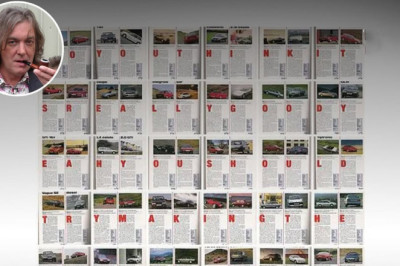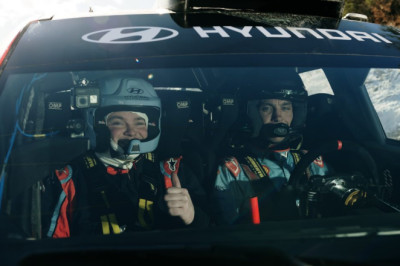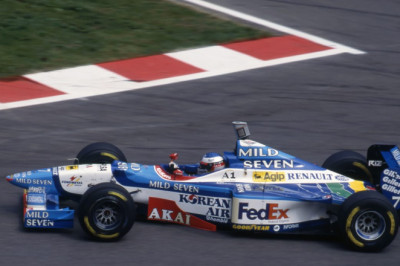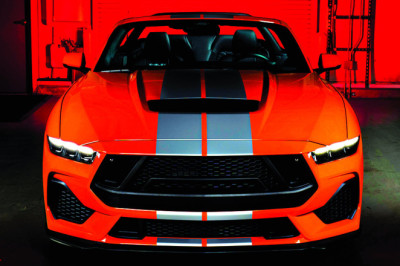Estimate ($) - US$ 550,000 - 650,000.
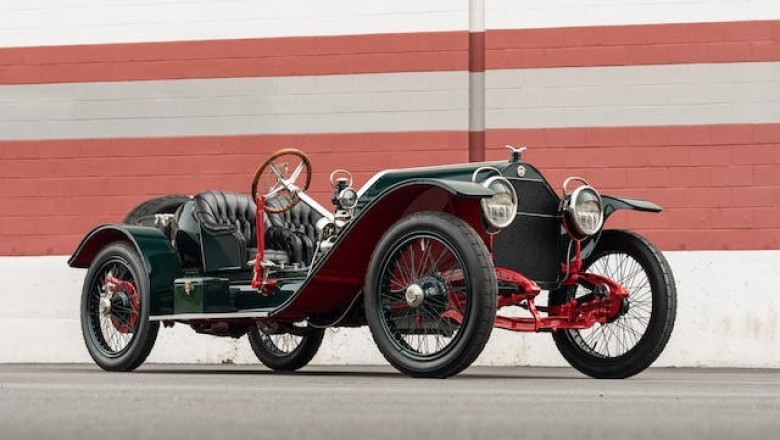
FEATURED AUCTION - 1913 Stutz Series B Bearcat
1913 Stutz Series B Bearcat
Chassis no. 997
Engine no. AB1828
389ci Wisconsin T-Head 16-Valve 4-Cylinder Engine
Single Updraft Carburetor
60bhp
3-Speed Manual Transaxle
Front and Rear Leaf Spring Suspension
Rear Drum Brakes
*Subject to a comprehensive, nine-year restoration
*Regularly serviced and updated for touring
*One of America's first sports cars
*The Car That Made Good in a Day
THE STUTZ BEARCAT
In the world of antique cars, few names resonate like the Stutz Bearcat. Images of young gentlemen in raccoon coats racing around the countryside with a college pennant attached to the car often come to mind, and for the era, there were few cars as sought after and mythical in stature.
The Stutz Company and the Bearcat model were famous from day one. Soon after completion, Harry C. Stutz sent the prototype Bearcat racer to compete in the 1911 inaugural Indianapolis 500 race. The untested car did remarkably well, finishing the race and beating many established brands, earning the Stutz the slogan, "The Car That Made Good in a Day."
First offered to the public in 1912, the Bearcat was essentially a road-worthy version of the highly successful Stutz racers that followed the original Indy car. A radically designed sports car through and through, the Bearcat had just two bucket seats and no convertible top or windshield. Like the Stutz racing cars, the Bearcat was constructed around a low-slung chassis, ensuring a lower center of gravity and good handling characteristics in addition to its lightweight design.
The first production models were closely based on the successful Indianapolis car and featured proprietary Wisconsin engines and Stutz's own rear three-speed transaxle. A 50hp four, the 6.4-liter Wisconsin engine was of the twin-camshaft 'T-head' type, with inlet valves on one side of the block and exhausts on the other. It would be used up to 1917 when Stutz began to manufacture its own power units. There was also a 60hp six in Stutz's range for 1912 and the famous Bearcat model was available on both chassis. Stutz's most famous product, the Bearcat was one of the first true sports cars, being stripped of all but the bare essentials and offering little in the way of weather protection or comfort. In 1912 Stutz won 25 out of 30 competitions entered thanks to the Bearcat.
Although small by American standards - Stutz built a mere 759 cars in 1913 compared with Chevrolet's 5,987 - the Bearcat's competition successes ensured that the company enjoyed a disproportionately high-profile reputation. The Bearcat remained a fixture of the range until the end of the 1924 season when the installation of Frederick E Moskovics as company president marked a change of emphasis: from now on Stutz cars would be aimed at the luxury end of the market.
THE MOTORCAR OFFERED
It only takes a quick glance at this stunningly presented Stutz to see why it has become such a legend. Beyond its racing success, the Bearcat had everything you needed and nothing you didn't—as shown on this car.
The earliest history of this example is not known, but it is understood to have been discovered in the 1970s by an aerial photography pilot and car enthusiast. While doing survey work for the US Government, he would scan his photos for evidence of lost vehicles and certainly seems to have hit the jackpot when he spotted the remains of this Series B Stutz in a ranch on Montana. Understood to have been in rough shape upon discovery, it is believed that much of the frame, the gas tank, and most of the engine was intact and salvageable.
Using what was found as a basis, the new owner began the difficult process of obtaining correct pieces to replace the missing parts. Correct transaxle halves (the center aluminum housing is a more modern piece), front axles, trunk, steering column and lamps were all sourced. The engine, which was in poor condition, was refurbished as best as possible with the block being retained and replacement cylinder blocks understood to have come from the Los Angeles County Museum. Many parts were said to have come from Harrah's ample collection as well.
After decades of searching and work, the car was still in unfinished shape when it was discovered by the penultimate owner in a restoration shop and purchased in 2004. A knowledgeable and studious collector, he began a restoration to finally bring the car to the beautiful condition in which is shows today.
Over the course of nine years, he restored or sourced correct replacements for each part of the car doing almost the entire restoration himself. Working to maintain authenticity, a correct body was fabricated – which in the case of the racy Bearcat largely entailed the fenders and hood. The current owner acquired the car in 2015, a few years after the restoration was completed.
Finished in dark green with fire engine red frame and fender undersides, this American sportscar shows very well. With its gleaming nickel plating and shining paint, it has the looks that made this racer famous. Beyond just that though is the performance that helped rocket the Bearcat to fame. The big Wisconsin-sourced four has been regularly maintained—most recently with fuel system servicing. Reported to be a strong runner, these cars are a delight to drive and continue to provide the thrills and excitement for which they were known over a century ago. Updated to a 12-volt electrical system with ignition modifications and a more modern clutch—all for touring reliability—this racer would be a welcome participant on any number of fun and desirable events not to mention an excellent addition to any collection.









